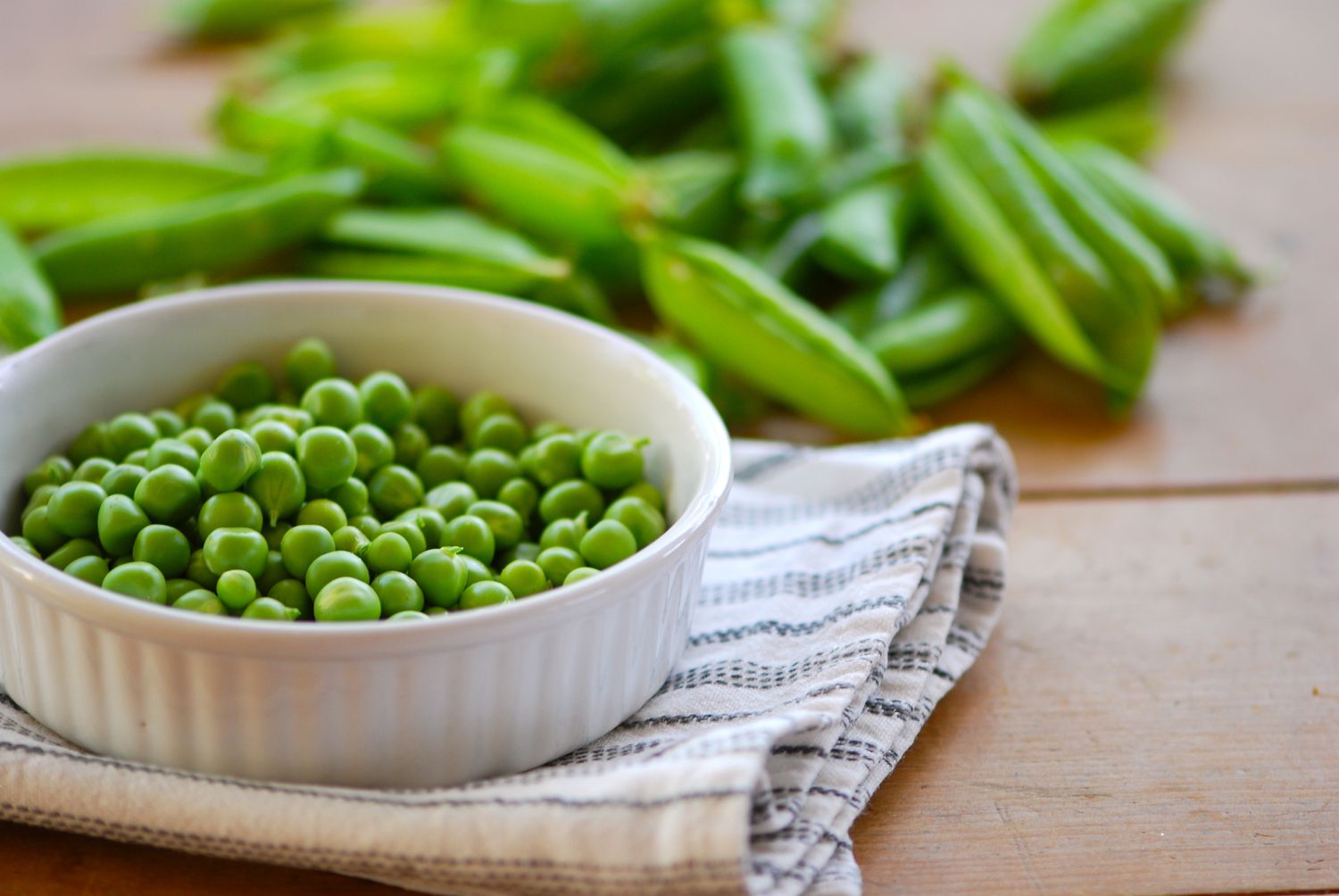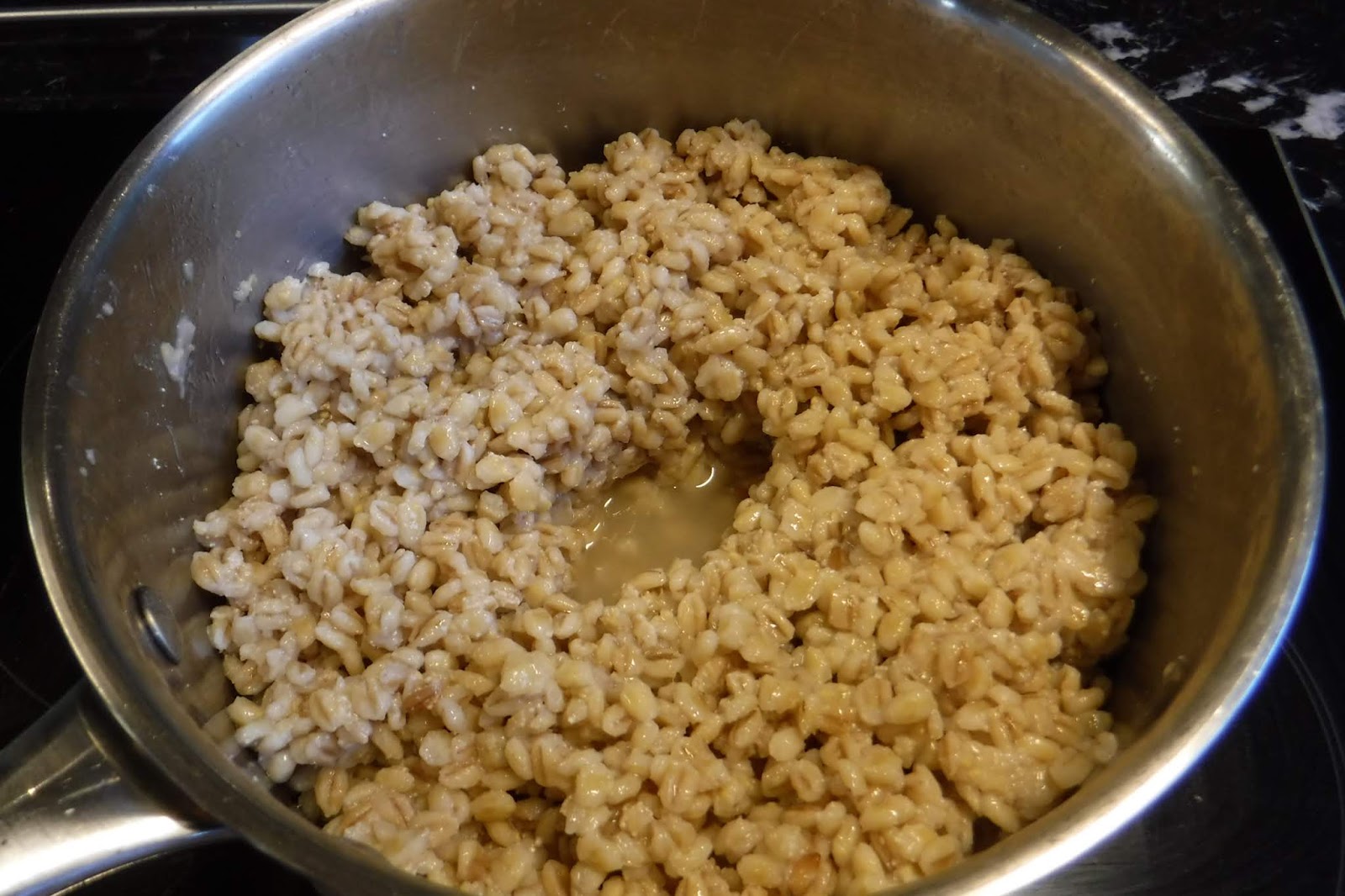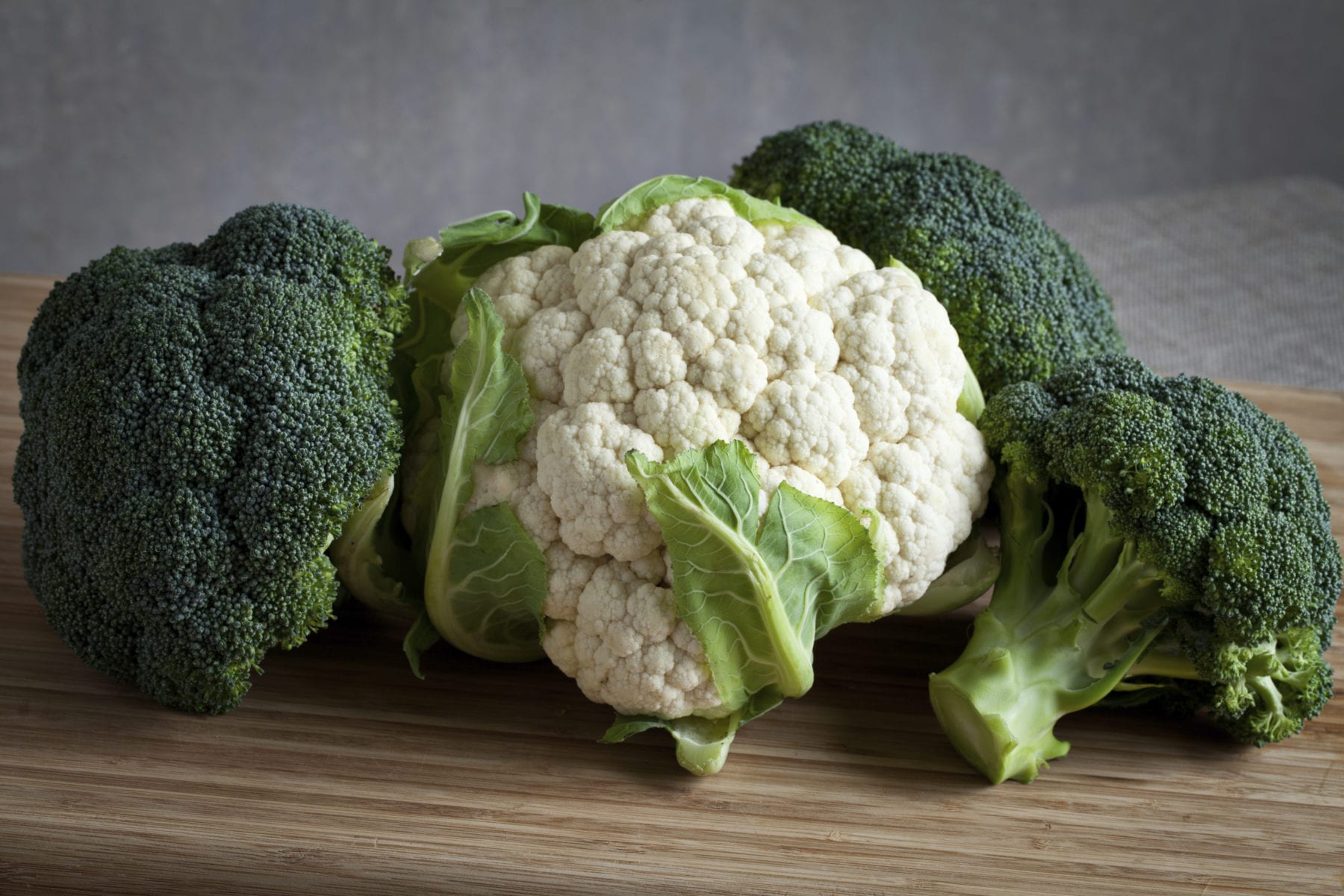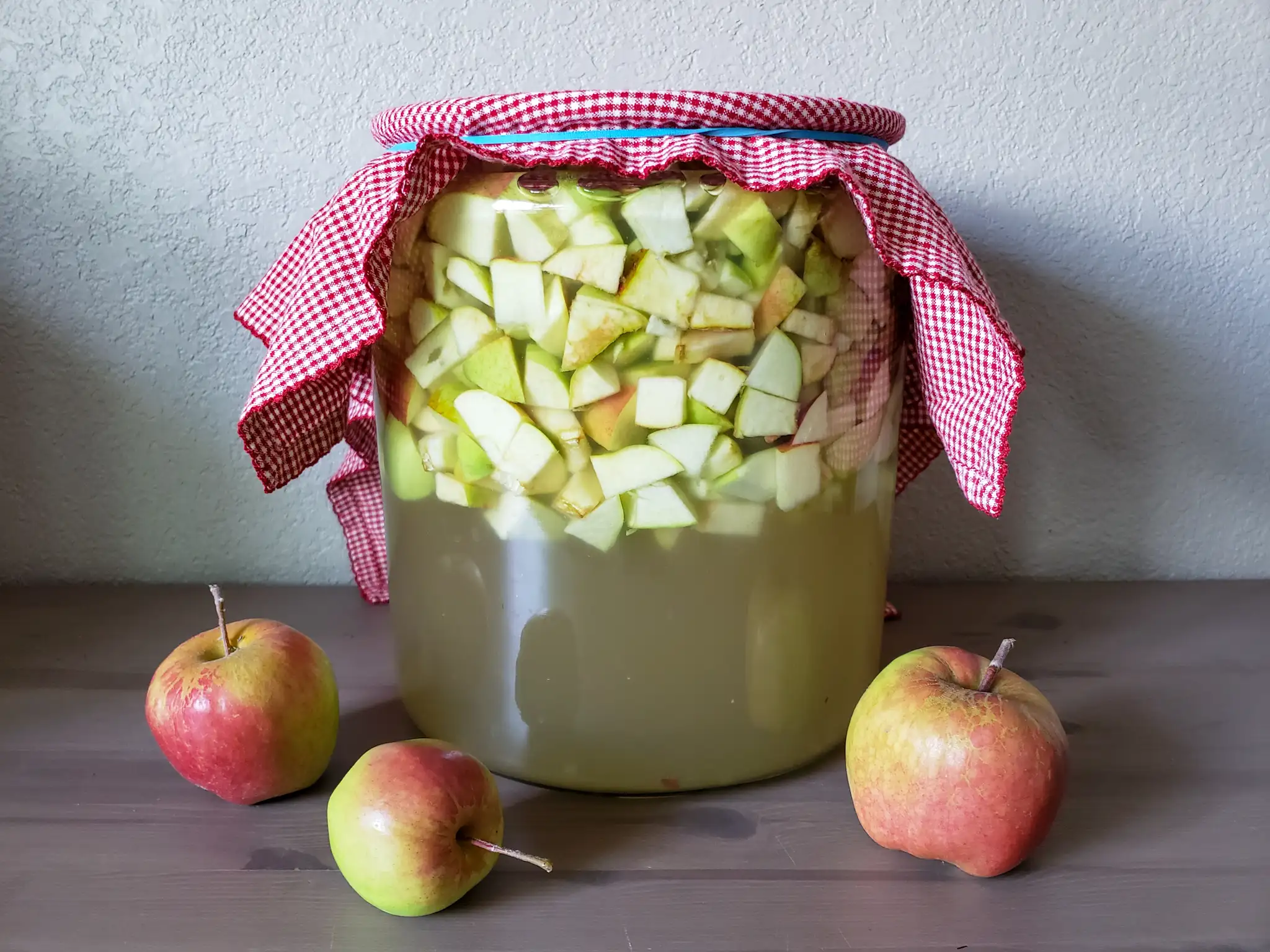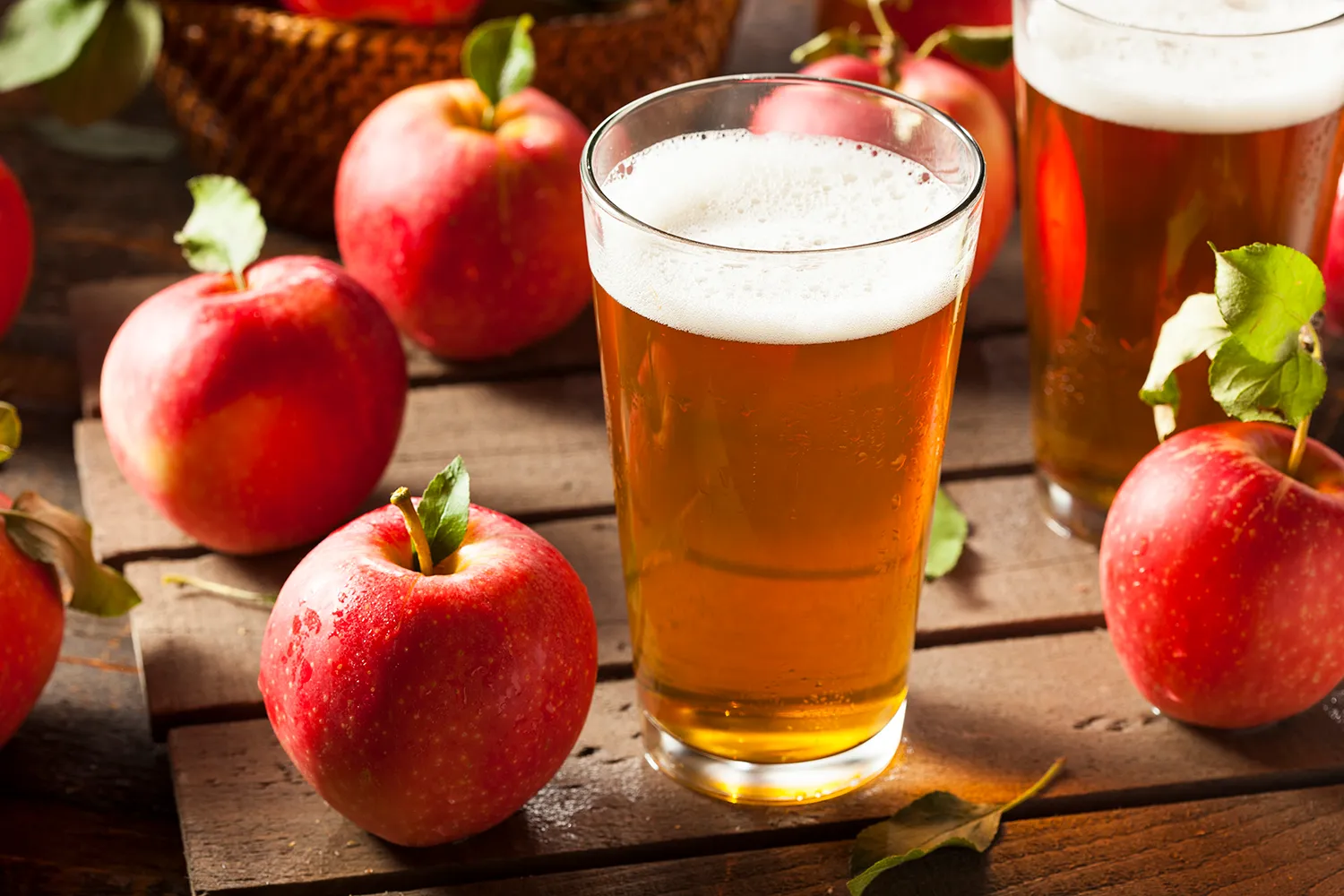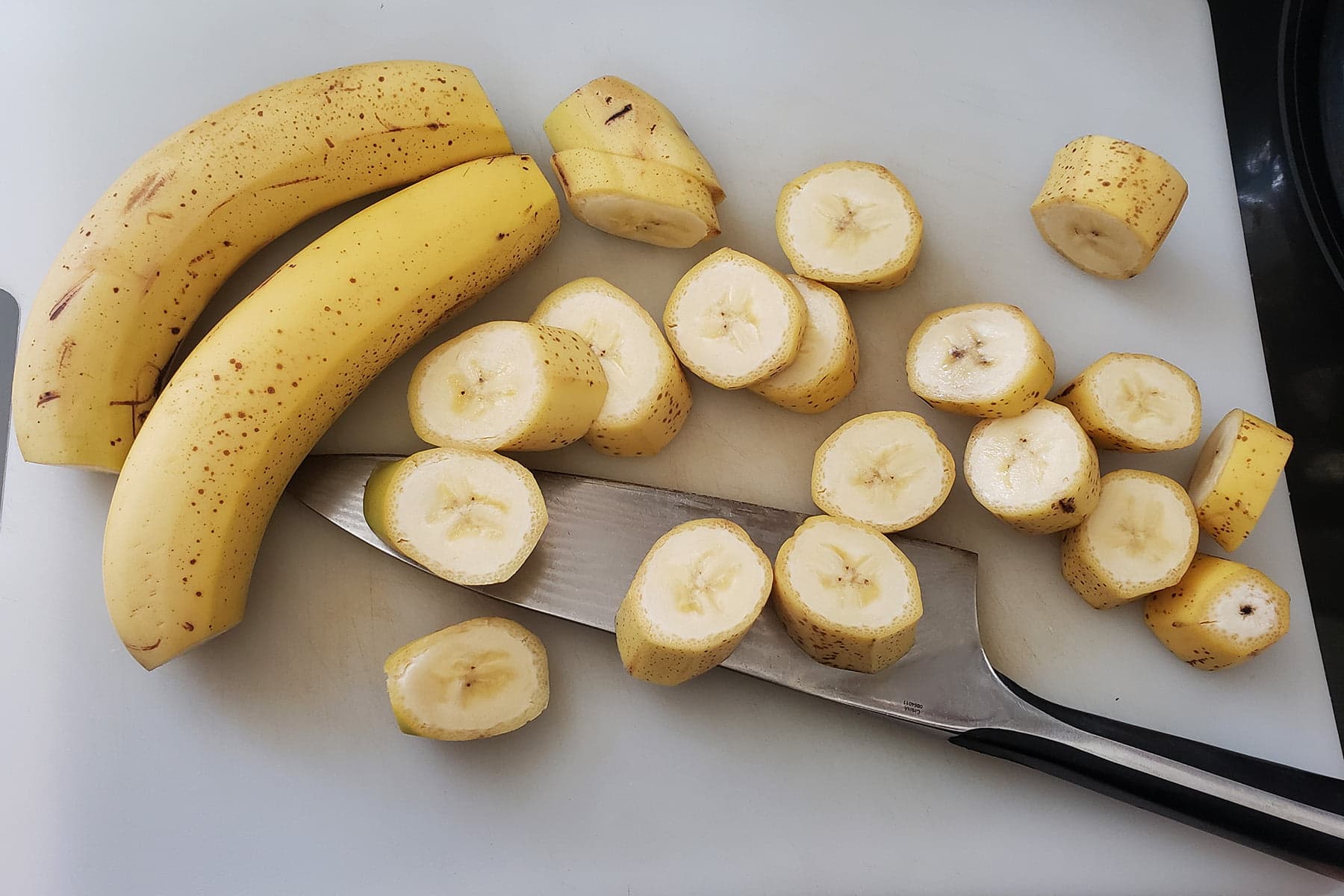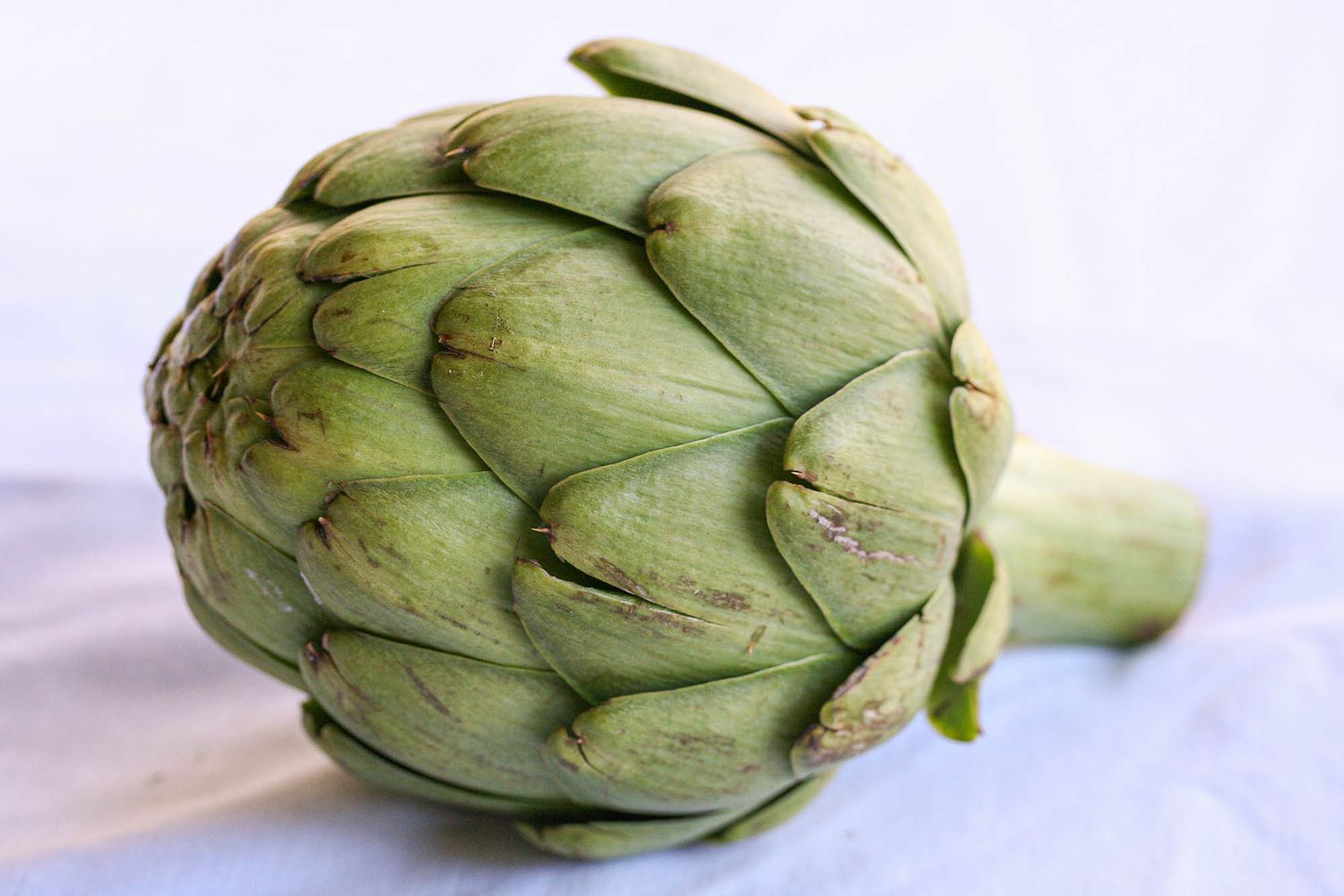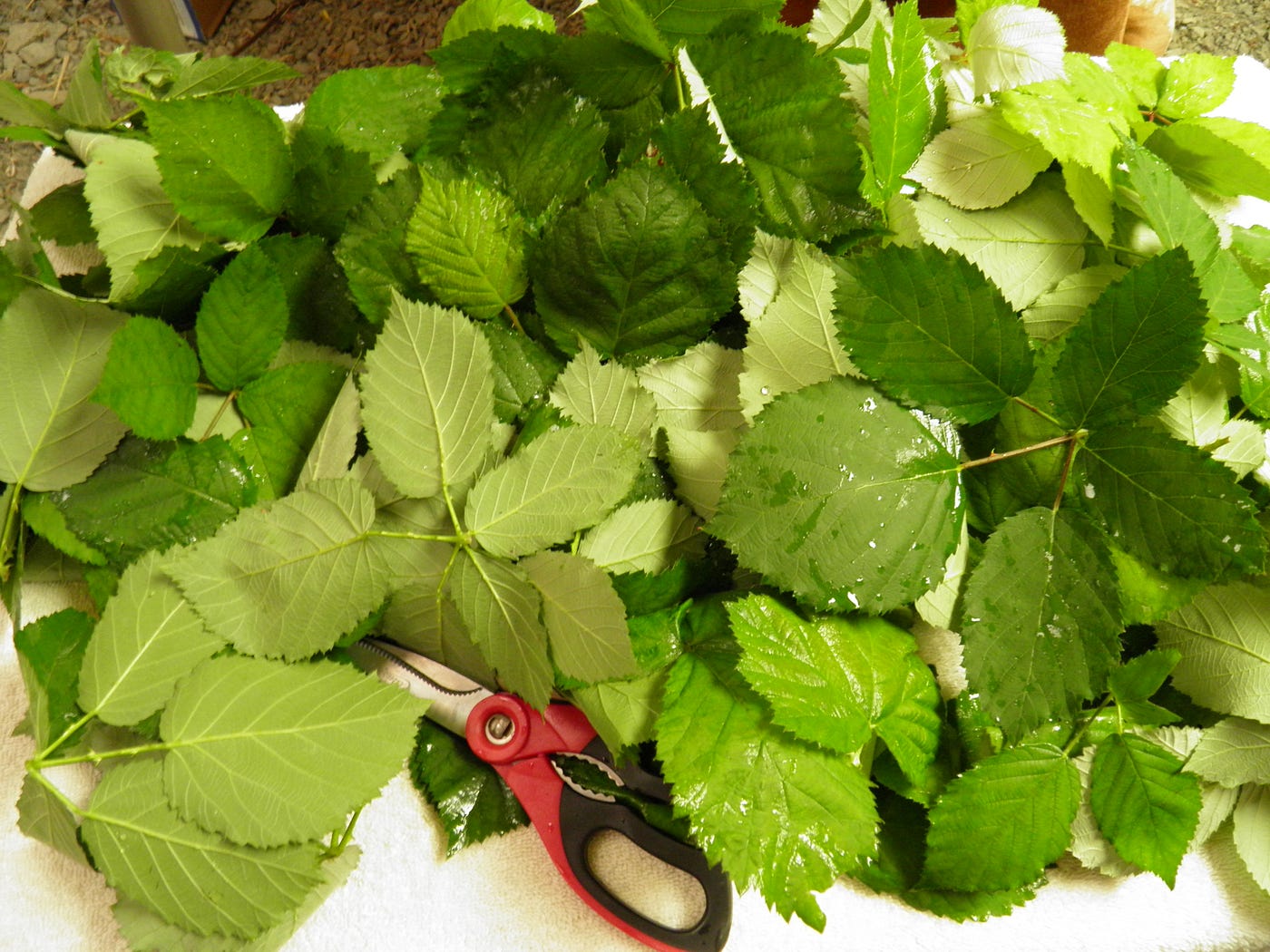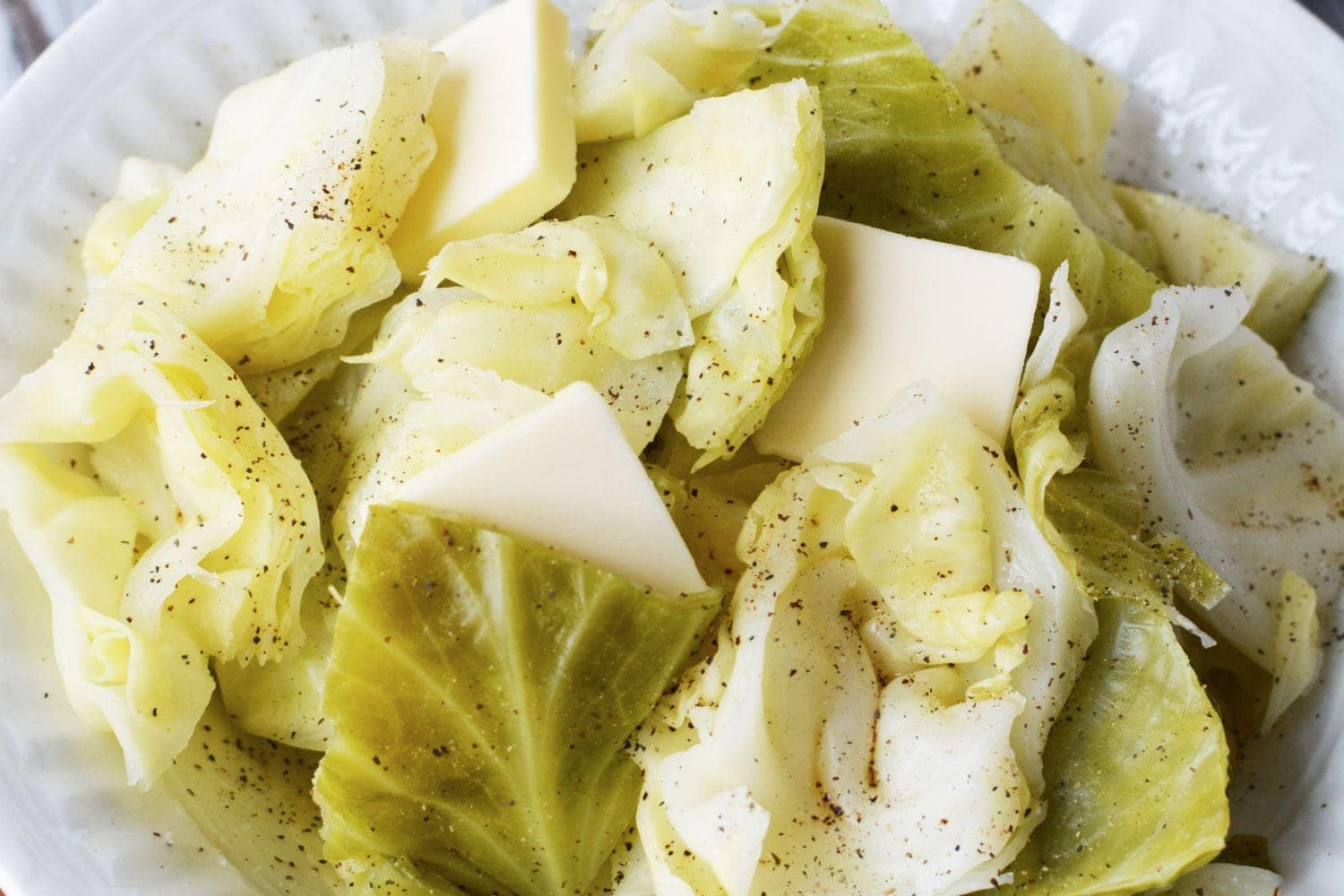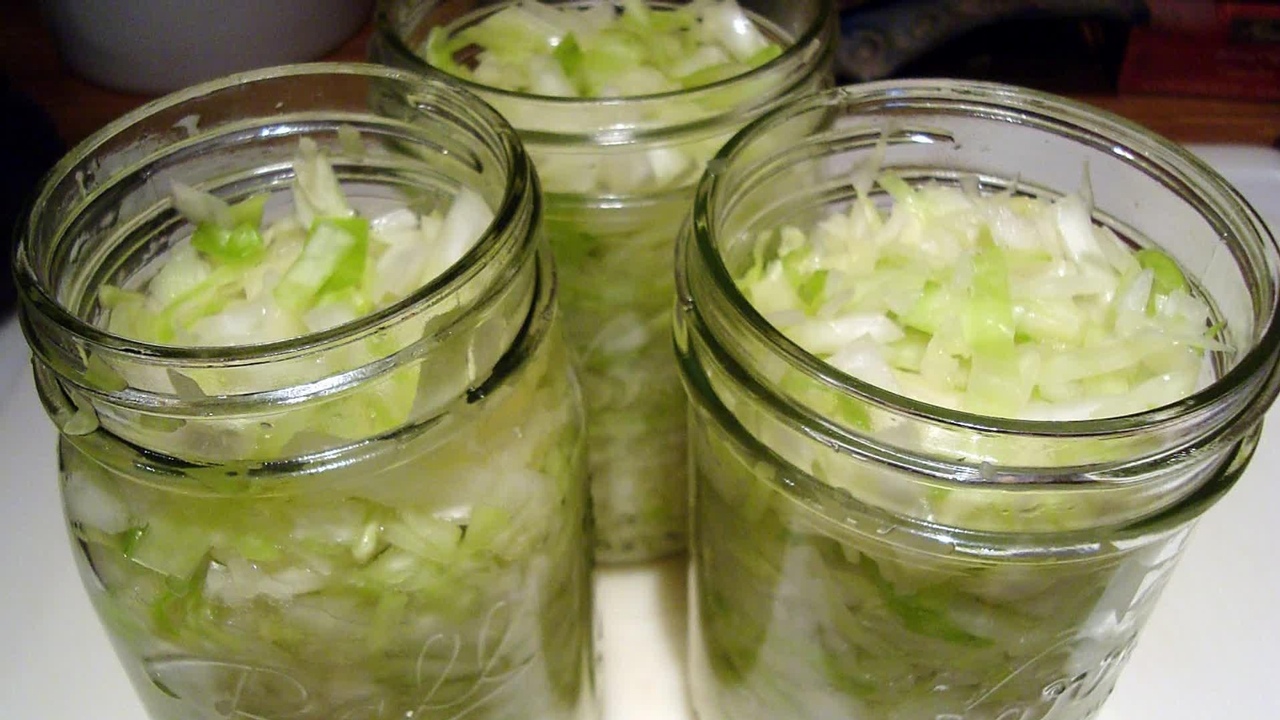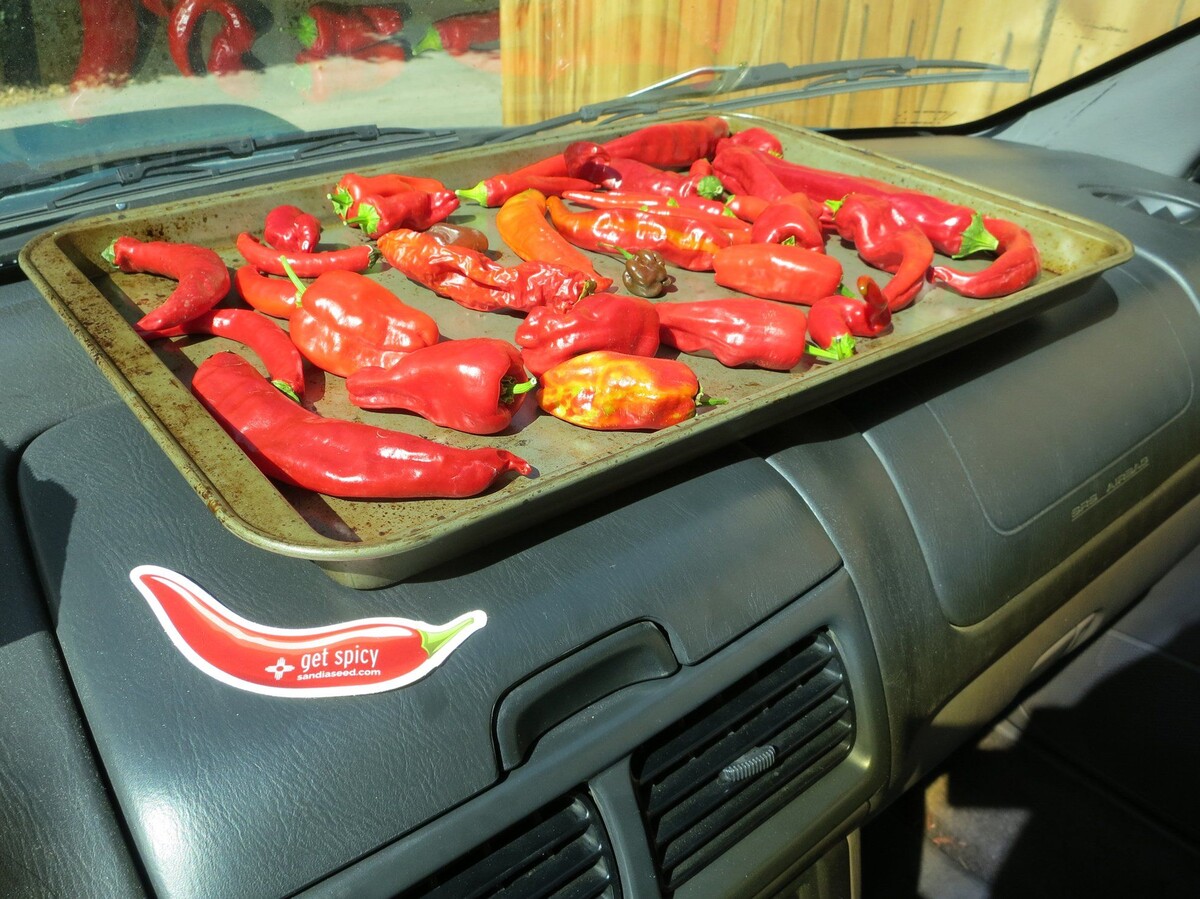Unlocking the Delicious Potential of Shiitake Mushrooms Through Fermentation
Shiitake mushrooms are a popular and versatile ingredient in many cuisines around the world. These flavorful and meaty mushrooms can be enjoyed in a variety of dishes, from stir-fries to soups. However, one of the most innovative and delicious ways to enjoy shiitake mushrooms is by fermenting them. Fermentation not only enhances the umami flavor of shiitake mushrooms but also adds beneficial probiotics to your diet.
Why Ferment Shiitake Mushrooms?
Fermentation is a natural process that involves the breakdown of sugars and carbohydrates by beneficial microorganisms such as bacteria and yeast. When it comes to shiitake mushrooms, fermentation can transform their flavor profile, making them even more savory and complex. Additionally, the fermentation process can increase the nutritional value of the mushrooms, making them an even healthier option for your meals.
How to Ferment Shiitake Mushrooms
Now that you understand the benefits of fermenting shiitake mushrooms, let’s dive into the step-by-step process of fermenting these delicious fungi.
- Choose Fresh Shiitake Mushrooms: Start by selecting high-quality, fresh shiitake mushrooms. Look for mushrooms that are firm, with a smooth surface and minimal blemishes.
- Clean and Prepare the Mushrooms: Rinse the mushrooms under cold water to remove any dirt or debris. Pat them dry with a clean kitchen towel and trim off the stems.
- Prepare the Brine: In a large bowl, mix together water and salt to create a brine solution. The brine will help to preserve the mushrooms during the fermentation process.
- Submerge the Mushrooms: Place the shiitake mushrooms in a clean, airtight container and pour the brine over them, ensuring that the mushrooms are fully submerged.
- Weight the Mushrooms: Place a small, clean weight on top of the mushrooms to keep them submerged in the brine. This will prevent any exposure to air, which can lead to spoilage.
- Ferment the Mushrooms: Seal the container and store it in a cool, dark place for several days to allow the mushrooms to ferment. Check on the mushrooms regularly to ensure they remain submerged and to monitor the fermentation process.
- Enjoy the Fermented Shiitake Mushrooms: Once the mushrooms have reached your desired level of fermentation, they are ready to be enjoyed! You can add them to salads, stir-fries, or simply enjoy them as a flavorful snack.
Benefits of Fermented Shiitake Mushrooms
There are numerous benefits to incorporating fermented shiitake mushrooms into your diet. Not only do they offer a rich, savory flavor, but they also provide a host of nutritional benefits. Fermentation can increase the bioavailability of nutrients in the mushrooms, making it easier for your body to absorb essential vitamins and minerals. Additionally, the probiotics produced during the fermentation process can support gut health and digestion.
Experimenting with Flavor
One of the most exciting aspects of fermenting shiitake mushrooms is the opportunity to experiment with different flavors and seasonings. You can customize the brine with herbs, spices, and aromatics to create unique flavor profiles. Whether you prefer a spicy kick or a subtle herbaceous note, the possibilities for flavor combinations are endless.
Get Started with Fermenting Shiitake Mushrooms
Now that you have a better understanding of the fermentation process and the benefits of fermented shiitake mushrooms, it’s time to roll up your sleeves and start fermenting! With a few simple ingredients and a bit of patience, you can unlock the delicious potential of shiitake mushrooms and elevate your culinary creations to new heights.
So, next time you come across a fresh batch of shiitake mushrooms, consider harnessing the power of fermentation to transform them into a delectable and nutritious ingredient that will take your dishes to the next level.
Was this page helpful?
Read Next: How To Ferment Dog Food
